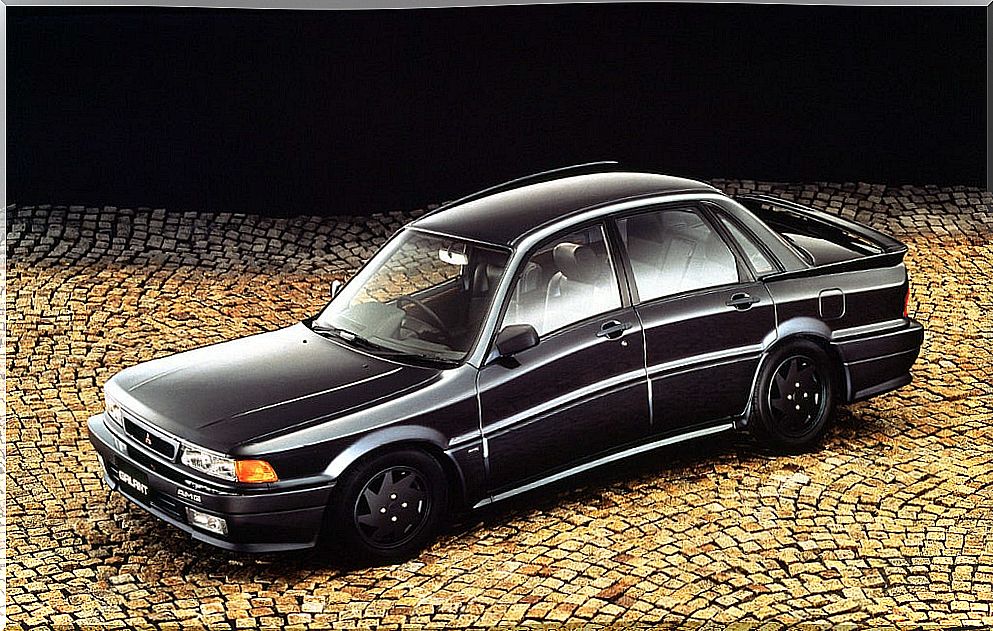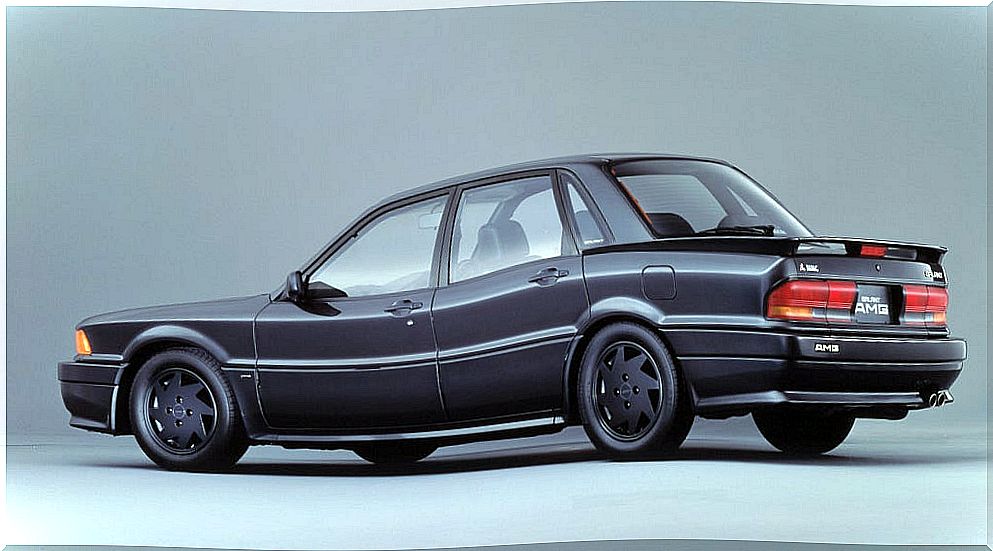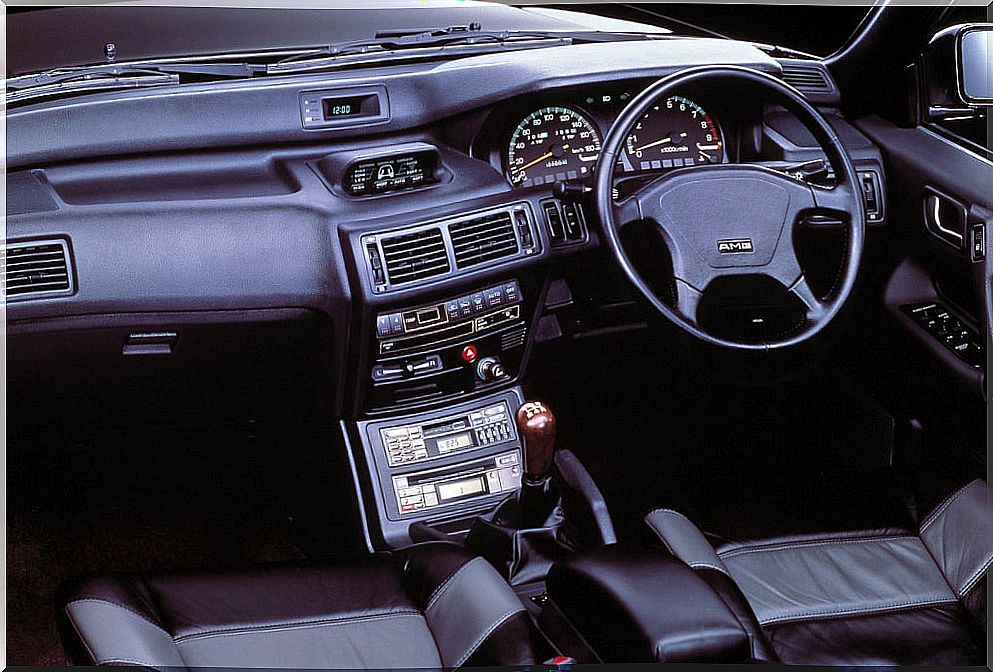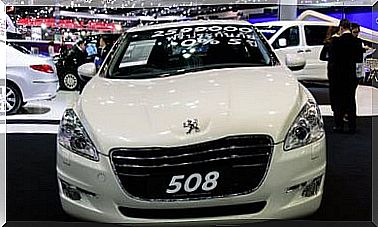Mitsubishi Galant AMG, The Unknown Japanese Super Saloon

Sometimes you come across something puzzling, something that shouldn’t be there or just shouldn’t exist. This may sound unspecific, but there is no better word than disconcerting to define our protagonist. We are talking about the Mitsubishi Galant AMG, a sedan as exclusive as it is unknown.
Used to relate the acronym AMG to Mercedes cars, it is strange when instead of these we find a Japanese saloon with three red diamonds on its front. Its development took place after an agreement between the two companies once AMG finished modifying a luxury saloon, also from Mitsubishi.
The collaboration between the two went back to the Mitsubishi Debonair V 3000 Royal, which they only modified aesthetically. However, with the Galant the Germans went further. If you are still wondering how it was possible that AMG worked for the Japanese, the answer is simple: it was an external preparer open to any proposal.

Wolf with sheep’s skin
Starting from the base of a sixth generation Galant, specifically its GTi version, the AMG guys revamped the entire exterior of the car, as well as its interior and most importantly: the engine. The Galant GTi boasted the fireproof 2.0 4G63 block, which with 160 hp offered more than decent performance.
For the Germans this was not enough. The pistons, valve springs, camshafts and a new intake were worked, as well as changes to the ECU. All in all, they only managed to extract 170 hp, a very slight increase that shows how difficult it is to power naturally aspirated engines. At least the cutoff had it at 8,000 laps.

Outwardly, the Mitsubishi Galant AMG can be even intimidating with so much black, its most notable feature on the visual plane. It had a specific body kit, wider, lower and more aggressive, accompanied by 15-inch wheels that currently look tiny.
The changes to its interior were less remarkable, as they were limited to new leather seats, wood-look decorative moldings and a new, sportier-cut steering wheel. The exact number of units produced is unknown, but it is estimated that there are no more than 500 units worldwide, at an increasingly prohibitive price given their scarcity and history.
Mitsubishi Galant AMG, in the shadow of the EVO
However, the Mitsubishi Galant AMG was not the most powerful and extreme version of the range of the aforementioned saloon. A year earlier, and on the occasion of its entry into the World Rally Championship, Mitsubishi was forced to sell 5,000 street units derived from the model they would use in competition. Thus was born the Galant VR-4.
This version kept the 2.0 4G63 engine of the other sports versions, but here a turbocharger was coupled with which the power increased to 241 hp and 304 Nm of torque. In addition, the same all-wheel drive system that would mount the competition version was integrated.
Unfortunately, the fame of the Galant VR-4 plummeted once the brand introduced the first generation Mitsubishi Lancer Evolution in 1992, to pick up the rally and sports saloon baton. With this move, the only world-renowned VR-4 is based on the sporty 3000GT.









